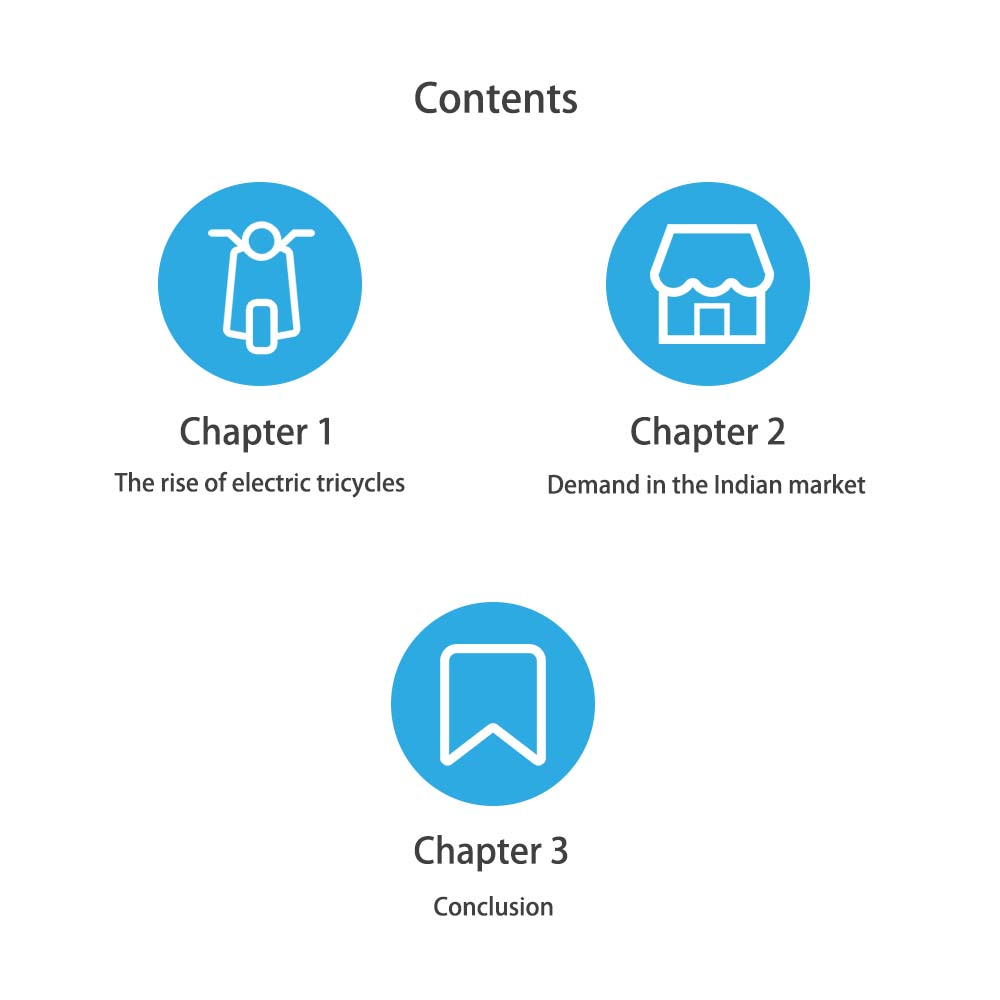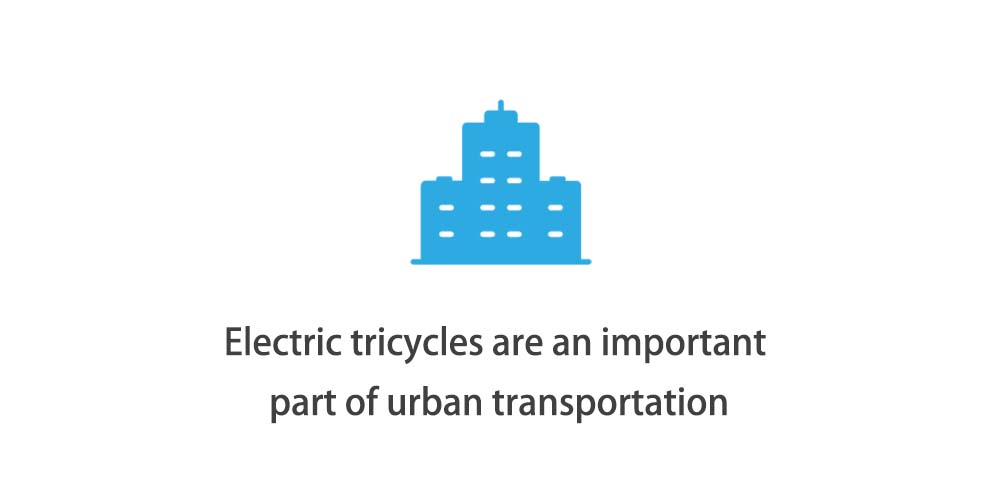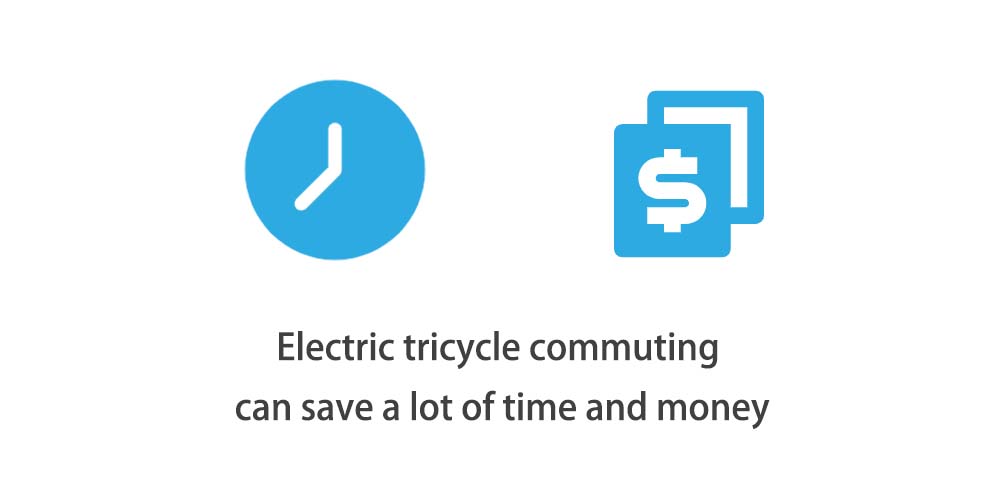
Among all means of transportation, electric tricycles have always been popular for their environmental protection, flexibility, affordable price and simplicity.
In this regard, it shares similarities with shared bikes.
The rise of electric tricycles
As the demand for electric tricycles among city dwellers continues to increase, it will become a very important means of transportation.
As a result, major companies are racing to develop electric tricycle solutions.
In India, electric tricycles are also an important part of urban transportation.

Recently, Indian electric tricycle operator Rail car is partnering with automakers to launch its shared electric tricycles.
This is a huge business opportunity.
Demand in the Indian market
Demand for electric tricycles in India has more than tripled in the past year, according to IHS Markit.
With the growth of the national auto market and the increase in car ownership, many cities have begun to restrict the use of electric tricycles, which has led to a substantial increase in the demand for electric tricycles.
The demand for electric tricycles in cities mainly comes from the private market and the local market. Using electric tricycles to provide transportation services in cities can save a lot of commuting time and costs.

However, not all Indian cities are using electric tricycles.
Some of these cities – such as Kolkata, Mumbai and Bangalore – are called “big” cities because they have more private cars and public transport systems.
In these cities, private car travel causes many traffic jams, air pollution and traffic accidents. Public transport is limited by high prices, long running times and the need for expensive infrastructure.
conclusion
Therefore, more and more cities are considering replanning public transportation systems and increasing the use of electric tricycles to improve urban traffic congestion, air pollution and other problems.


